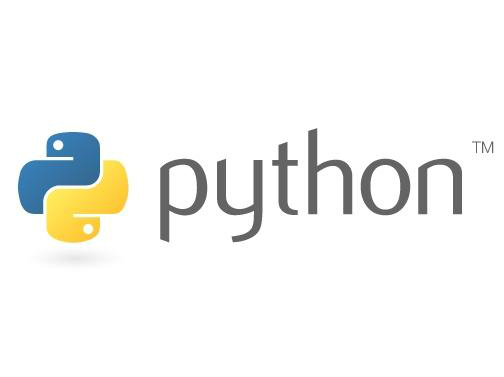Stages
The project deals mainly with three stages.

Research
The Reasearch work can further be classified into searching for an ideal dataset and also learning the basics of Natural Language processing concepts and the functioning of the packages and API's. Also find the best and suitable package for our project and its requirements from the available options.

Development
Python 2.7 using Pycharm
The main and the most important stage when the requirements are met by cooking up a python recipie. The backend of our application which is responsible to accept the input from the usir from the UI and procure the tweets from twitter, process the tweets and finally create a Neo4j graph and return the results to the UI.

Deployment
AWS Elastic Beanstalk
The local machine Application is finally hosted on a web server for access from anywhere and to get rid of local processing and dependencies. We are using Amazon Ellastic Beanstacklk for this purpose which is really easy to setup and creates its own instance of EC2 for this purpose.